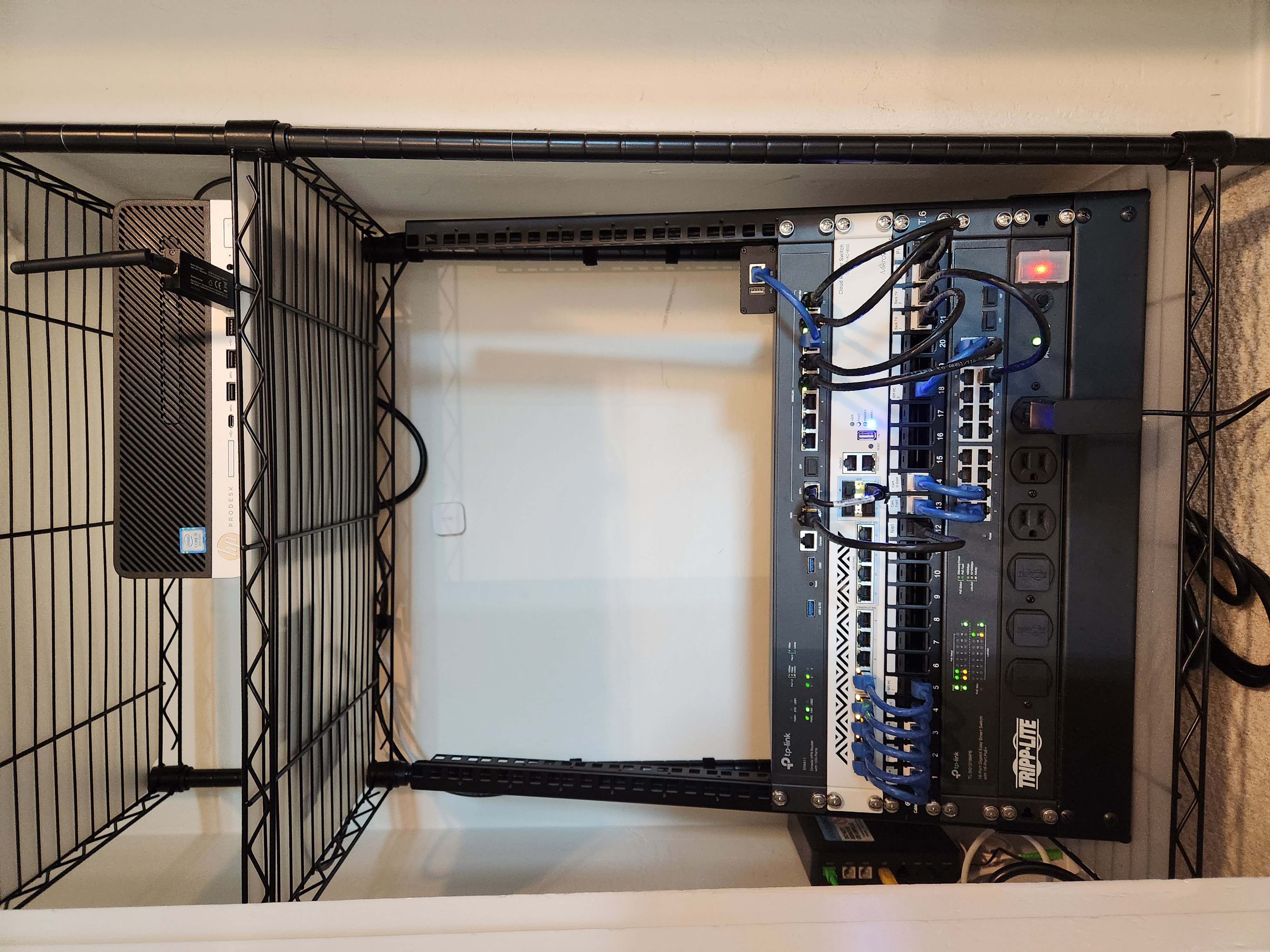I'm confused as to why T-Mobile is on that list but neither AT&T nor Verizon are.
dan
A lot of restaurants add on an extra fee if you pay by card
In the US, this is pretty recent... It's only been allowed since last year. Previously, MasterCard and Visa's merchant agreements both said that merchants must not charge a fee for paying by card, and the store could have their MC/Visa agreement terminated if they were caught charging fees. Some stores got around this by offering a cash discount rather than charging a fee for cards. There was a big lawsuit and the rules got changed as a result.
In Australia, there's a lot of rules around card fees/surcharges. I linked to an article in my previous comment. The business can't charge more than it costs them to process card payments, and they're only allowed to list it as a separate fee if they have a fee-free way of paying (like with cash). If they only take card, they need to include the card fee in the advertised prices.
This is one of the reasons merchant fees are so high in the USA.
In Australia, merchant fees for a medium-sized business are an average of 0.75 to 1.5% for credit cards and 0.25% to 1% for debit cards, according to the Reserve Bank of Australia (https://www.accc.gov.au/consumers/pricing/card-surcharges).
In the USA they're often over double that. Some payment processors charge 3% or more for credit card processing.
Who actually cares about this, though?
I'd love to see an integration with PhotoStructure in addition to Immich.
If this was done in the USA, a lot of airlines would struggle or even collapse if they couldn't figure out how to adapt.
The four biggest airlines in the US (United, Delta, American and Southwest) all lose money on flights. The way they make a profit is through their co-branded credit cards. The banks pay the airlines to purchase miles from them to use as points, and one of the primary ways the bank makes the money to do that is from interest payments.
I'm not saying that interest rates shouldn't be limited, just that there'd be some major impact since a lot of the financial industry is funded by interest payments.
Their products are still solid. Any brand can have issues with their batteries (other companies use the same cells), and I don't see a reason to avoid their non-battery products like cables and chargers.
I've got a PowerCore 20000k (20Ah). I wonder why the 10Ah version is "fire-prone" but the 20Ah version isn't.
Transfers are usually pretty quick these days. Sometimes I transfer money from Schwab to Fidelity at night, and it's already available the next morning.
In the USA, a lot of the larger banks and brokerages (and maybe credit unions?) internally use systems like FedNow or RTP, which allow for instant transfers to other banks. It can take a little while if they do extra security checks though.
Some people aren't good with money management and may forget to transfer money across, especially for scheduled things (bill payments, rent, etc)
Small banks are good too. I used to use a fantastic local one called First Republic where every customer had a banker they could call or email if needed. First Republic were acquired by Chase, who wanted some huge amount of money in the account (something like $200k) to get a similar level of service through Chase Private Client. I closed the account.



I'm surprised that two hotels in the same area are allowed to have essentially the same name.